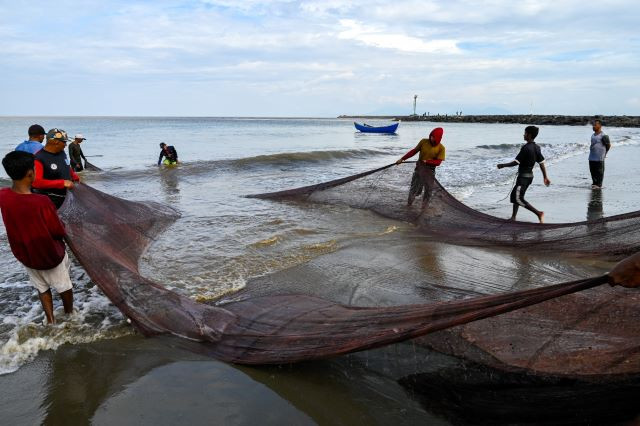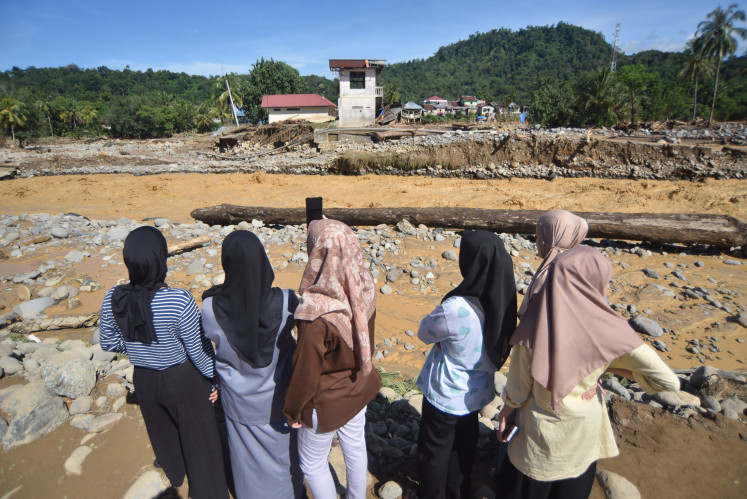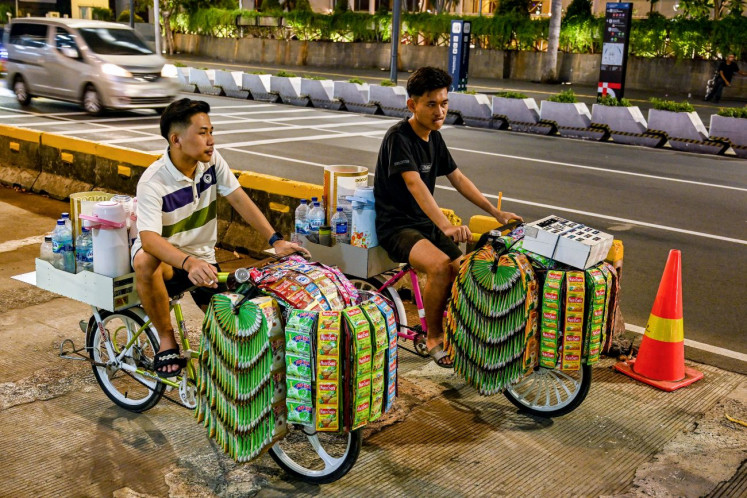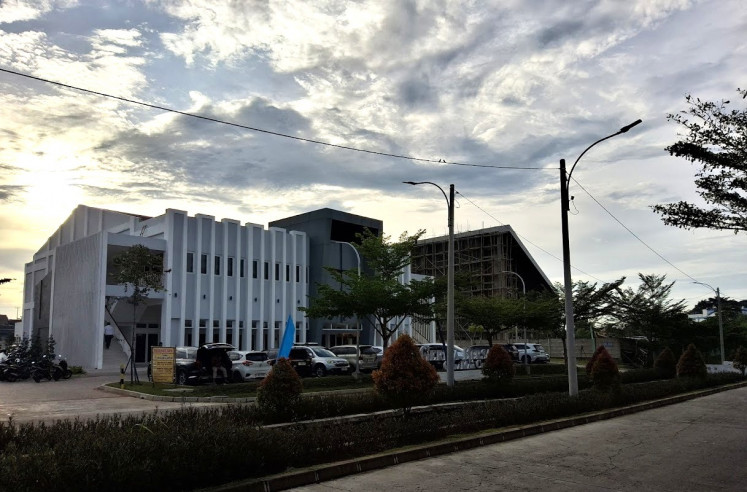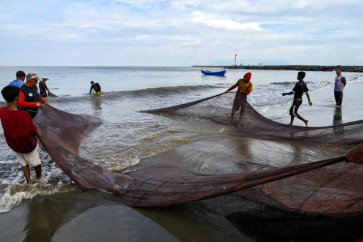Popular Reads
Top Results
Can't find what you're looking for?
View all search resultsPopular Reads
Top Results
Can't find what you're looking for?
View all search resultsIndonesia heading toward the blue economy
A sustainable approach to the blue economy supports global goals in combating climate change.
Change text size
Gift Premium Articles
to Anyone
Discussions about the blue economy are becoming more frequent, even on the global stage. The concept, which refers to the sustainable use of marine resources for economic growth while preserving the health of marine ecosystems, is intriguing.
The Indonesian government has also launched the Indonesian Blue Economy Road Map as a commitment to implementing the blue economy. Many benefits can be gained if the development of this blue economy is successful. It not only creates economic prosperity but also preserves biodiversity and marine ecosystems, as well as enhances sustainable livelihoods, especially for coastal communities.
Indonesia, as the world's largest archipelagic nation, possesses unquestionable marine potential. With coastlines stretching across over 17,000 islands, Indonesia's marine economic potential is estimated at Rp 19.6 trillion (US$1.338 billion) per year, according to estimates from the Maritime Affairs and Fisheries Ministry. This potential includes sectors such as fisheries, marine tourism, shipping, maritime trade and other industries.
Historically, the marine economy has played a significant role in Indonesia's economy. The maritime and fisheries sectors have made a substantial contribution to the national gross domestic product (GDP). In the second quarter of 2023, the fisheries sector contributed 2.81 percent, approximately Rp 146.78 trillion, to GDP, an increase from 2.37 percent contribution in the first quarter of 2023.
Additionally, in terms of exports, this sector is also a source of foreign exchange for the country, with Indonesia being one of the world's largest producers and exporters of fish. In 2022, Indonesia's fishery exports reached 1.22 million tonnes, valued at $6,239.7 million, representing an 8.7 percent increase compared with the situation five years earlier in 2018 when it was 1.12 million tonnes, valued at $4,860.2 million.
The production of both captured fisheries and aquaculture has shown rapid growth, nearly doubling from 11.7 million tonnes in 2010 to 21.87 million tonnes in 2021. Furthermore, the fisheries sector has a positive impact on employment. In 2021, there were approximately 2.36 million coastal fishermen, highlighting that the fisheries sector remains a source of livelihood for many and emphasizing the need to further develop its potential.
However, as of 2021, the utilization of marine culture land accounted for only 1.39 percent of the total potential. In contrast, brackishwater culture land utilization was 22.48 percent, and freshwater culture land utilization was 10.26 percent.

